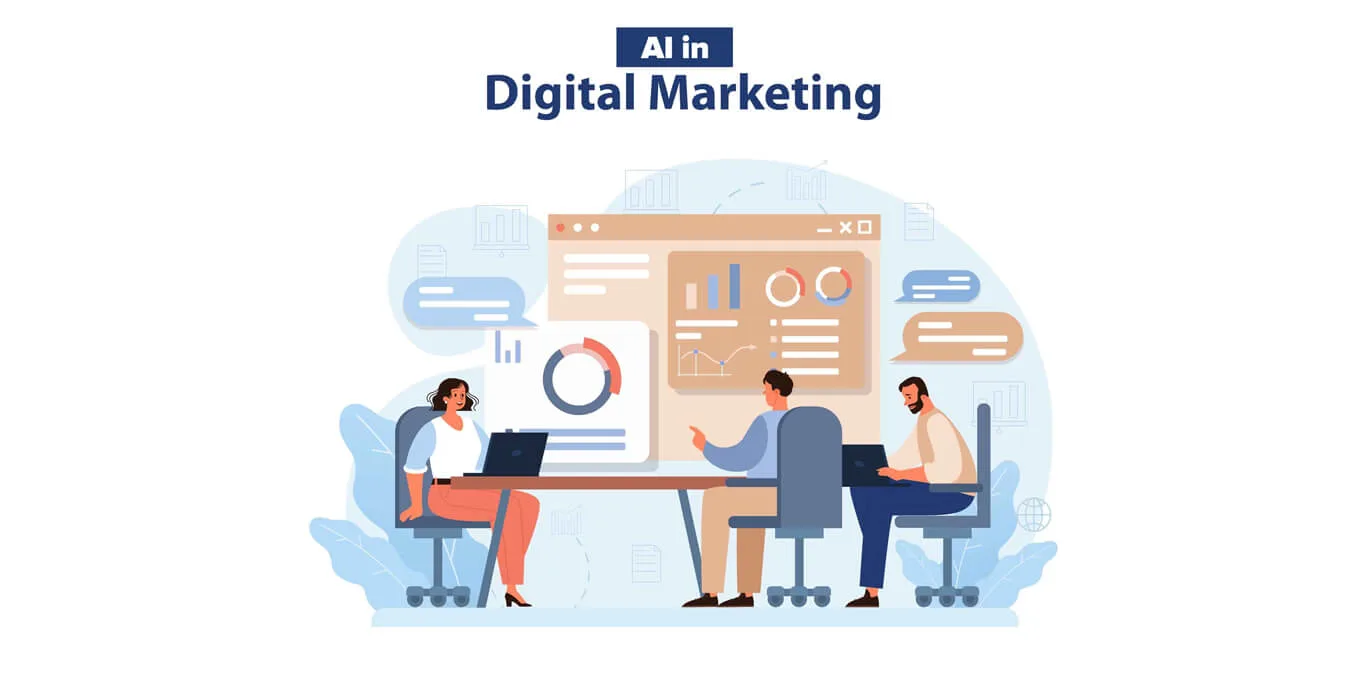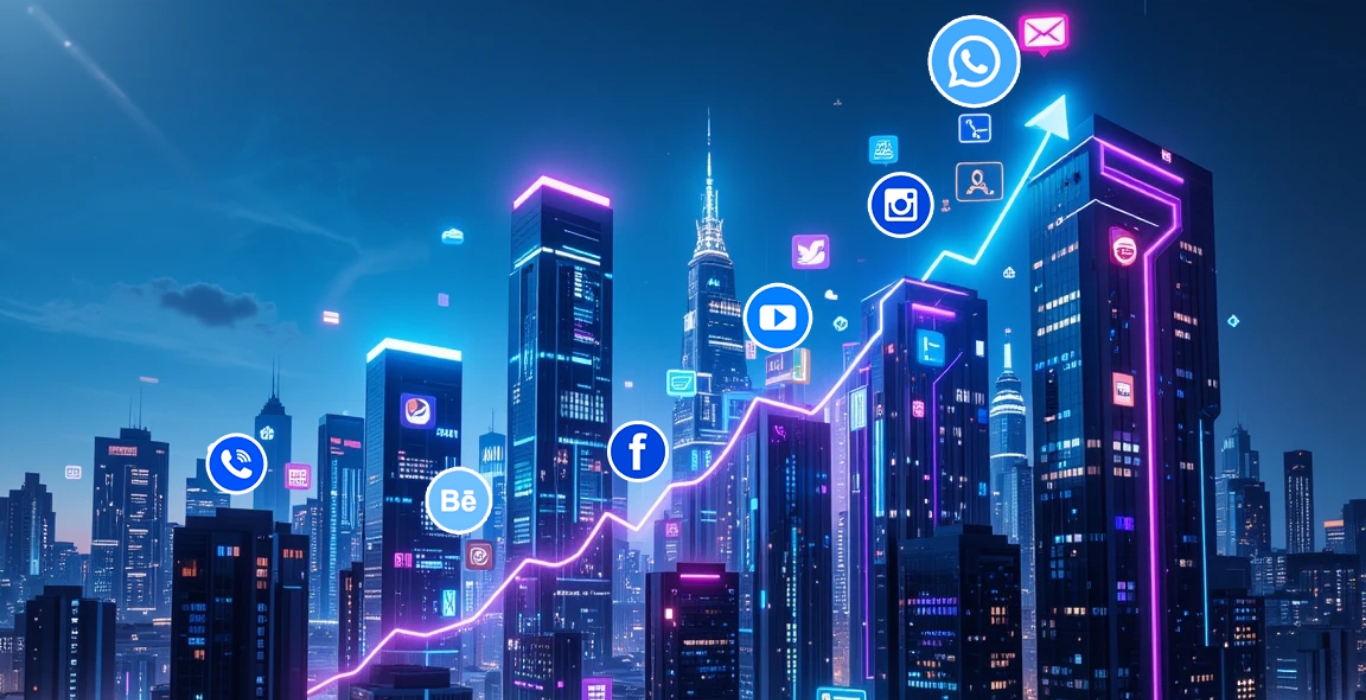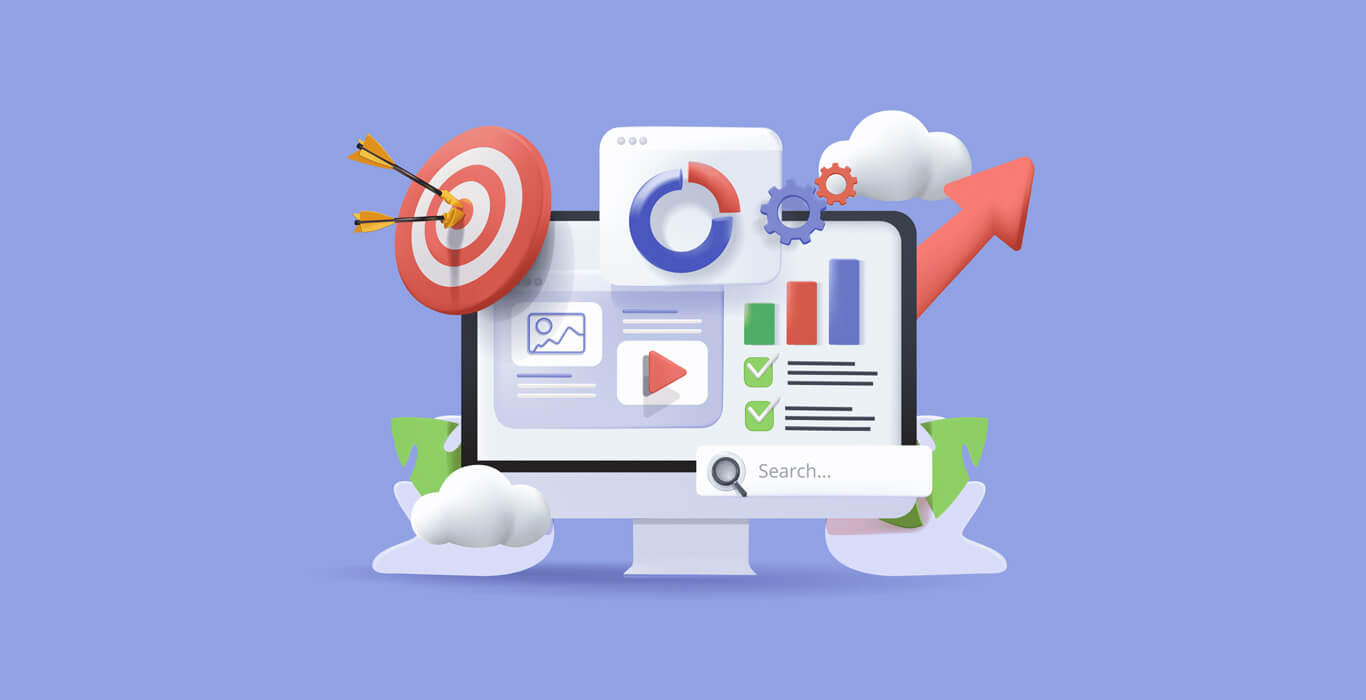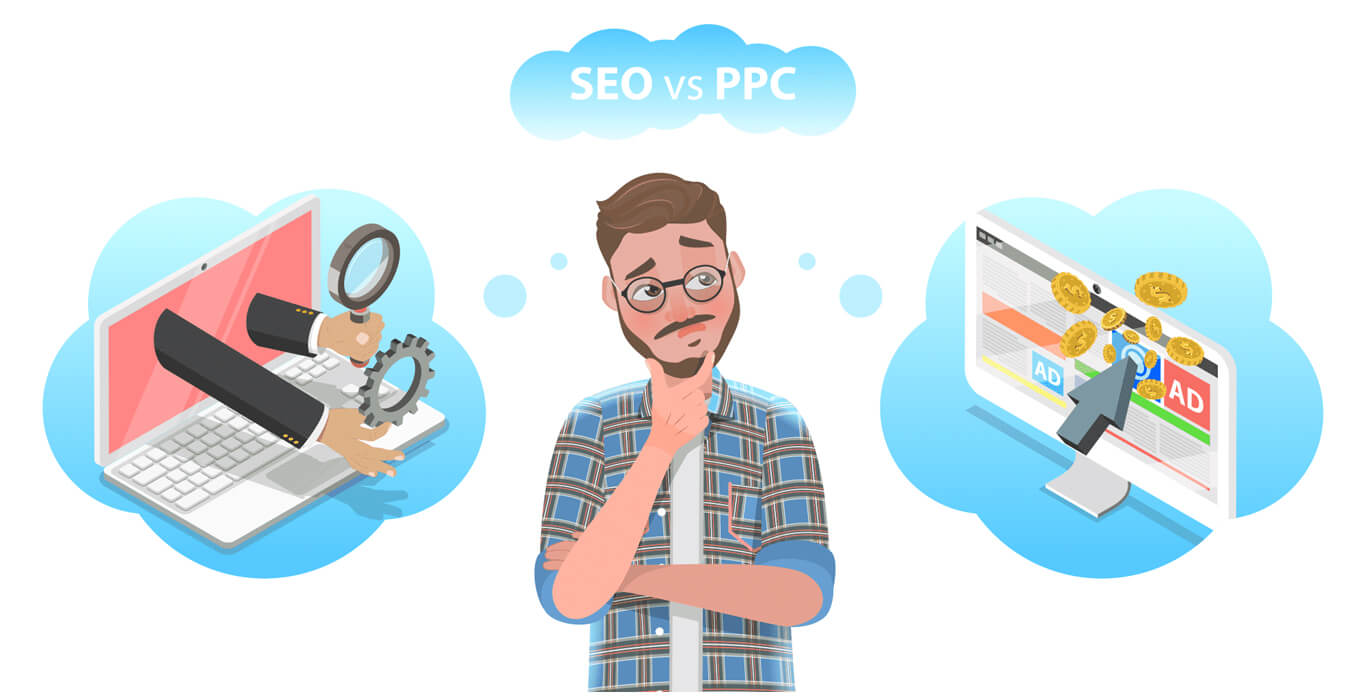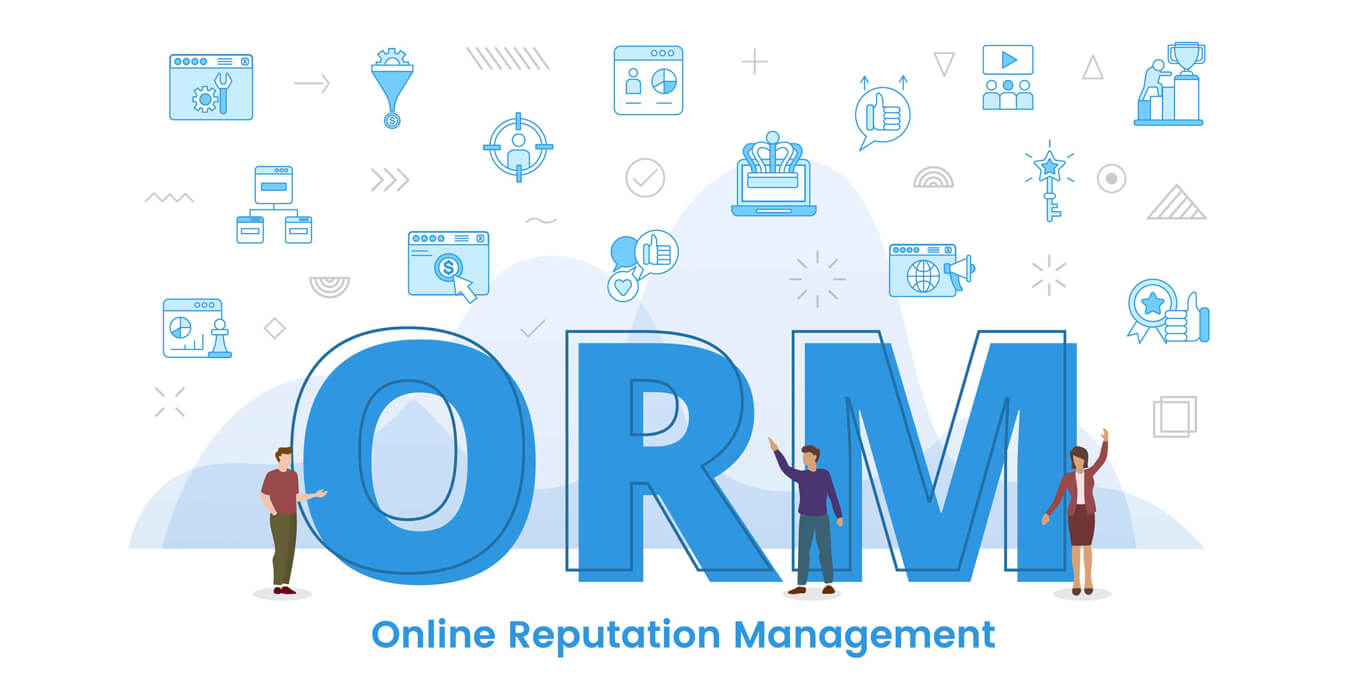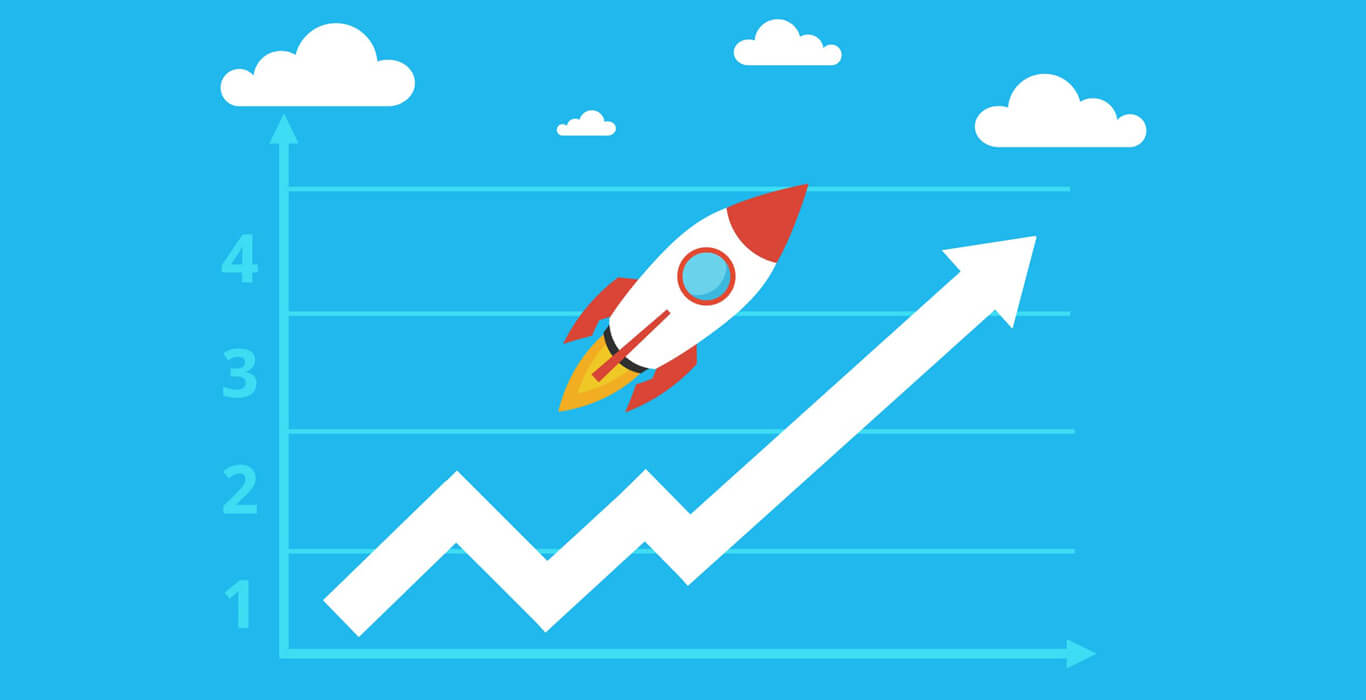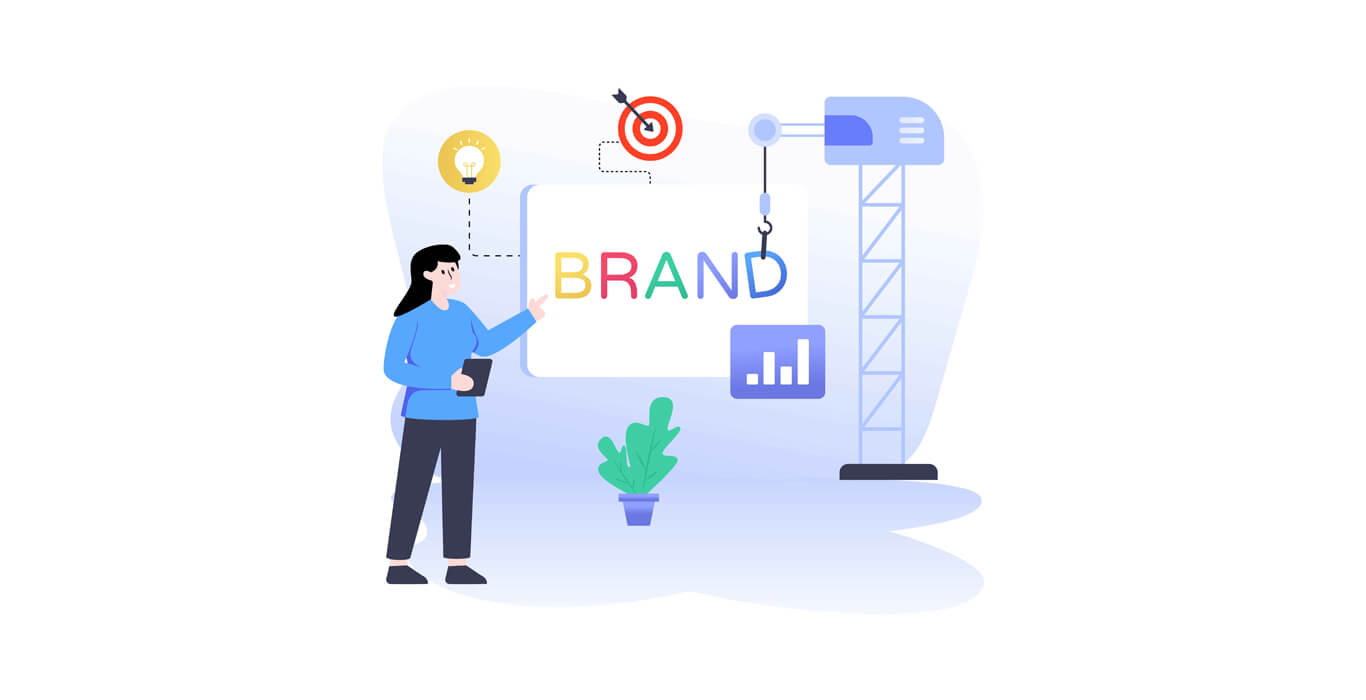Quick Summary
- Understand how digital marketing is revolutionizing FMCG sales and why the first point of contact for your product is no longer the shelf but the screen.
- Learn 10 tactics on how your FMCG brand can not only survive but flourish in this fast-moving, mobile-first digital age.
- Know the most common mistakes FMCG brands make and how to correct them, so you can direct your marketing strategy the right way.
Table of Contents
- The Digital FMCG Battlefield
- 10 Digital Marketing Tips to Drive Sales for FMCG Brands
- If You Don’t Know Your Buyer, You’re Just Guessing
- Your Website Should Sell, Not Just Sit There
- Stop Posting Everywhere. Start Showing Up Where It Matters.
- Create Content That Doesn’t Feel Like Marketing
- Loyal Followers, Powerful Conversions
- Run Paid Ads Like a Sniper, Not a Shotgun
- eComm is a Warzone, Suit Up or Get Buried
- Go Regional or Go Home
- Likes Don’t Pay the Bills, Track What Matters
- Online + Offline = FMCG Power Couple
- What Most FMCG Brands Get Wrong (and How to Avoid It)
- FAQs
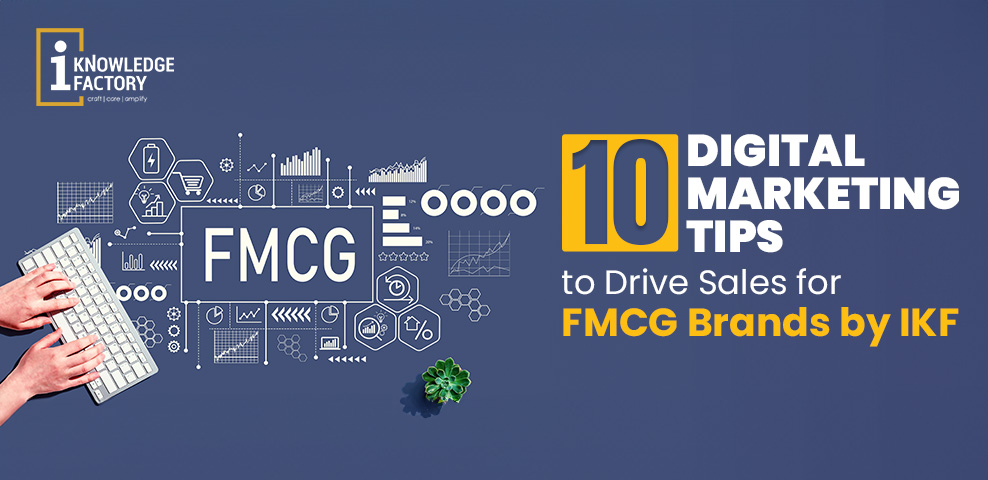
What if I told you your ₹10 product isn’t just fighting shelf space with other brands—but with trending reels, viral dances, and snackable memes?
Sounds dramatic? It’s not. It’s just another day in the fast lane of FMCG online digital marketing.
And if that sounds strange, here‘s a number to really put things into perspective
In early 2025, YouTube ads reached 491 million users in India, representing 60.9% of the country’s internet user base. (Source: datareportal.com)
That‘s when it struck me that distribution isn‘t the first point of contact anymore. Digital is.
If your brand isn’t on their feed, it’s not in their bag..
The FMCG Marketing Battlefield:
- Attention spans? Getting smaller.
- Choices? Unlimited.
- Algorithms? Moody, unpredictable, and always evolving.
10 Digital Marketing Strategies to Drive Sales for FMCG Brands:
1. If You Don’t Know Your Buyer, You’re Just Guessing
2. Your Website Should Sell, Not Just Sit There
3. Stop Posting Everywhere. Start Showing Up Where It Matters
4. Create Content That Doesn’t Read Like Marketing
5. Loyal Followers, Powerful Conversions
Micro-influencers establish credibility with their followers in a manner celebrities cannot and when that credibility is converted into recommendations, conversions are the result.
6. Paid Ads: Play Smart, Not Big
7. Ecomm is Like a Local Bazaar, Stand Out or Get Lost in the Crowd
8. Go Regional or Go Home
By running the ad in local languages, Maggi doesn’t merely sell noodles, they’re making an emotional connection with their audience.
When your marketing strategy uses the language of the people, you don’t merely market a product; you become part of their daily life.
9. Likes Don’t Pay the Bills. Track What Matters
10. Online + Offline = FMCG Power Couple
What Most FMCG Brands Get Wrong (and How to Avoid It)
1. Activity is not equal to Strategy
Posting twice a week isn’t a plan. It’s a placeholder.
Fix it: Set clear goals, define your funnel, measure results.
2. Copy-Pasting Big Brand Playbooks
Fix it: Stay authentic. Be real. Be relevant.
3. Ignoring the Digital-First Buyer
Fix it: Make digital your core touchpoint, not a backup plan.
So here’s my challenge to you: Choose one place where your brand is lagging behind. Whether it’s content, targeting, influencer marketing, or Ecomm begin making it better. Don’t shoot for perfection. Shoot for progress.
Contact us today. Let‘s create something that sells and lasts.
FAQs
1. How may FMCG brands benefit from selling more through digital marketing?
2. What are some effective digital marketing methods for FMCG businesses?
3. How significant is social media in FMCG brand marketing?
Social media marketing for FMCG brands can deliver unmatched results since it increases brand awareness, impacts customer engagement, and enables real-time customer interaction.
4. How can FMCG brands leverage paid advertising?
5. What is the role of influencer marketing in FMCG?

Ashish Dalia is the CEO & Chief Digital Marketing Strategist at I Knowledge Factory Pvt. Ltd.

Ashish Dalia is the CEO & Chief Digital Marketing Strategist at I Knowledge Factory Pvt. Ltd.




